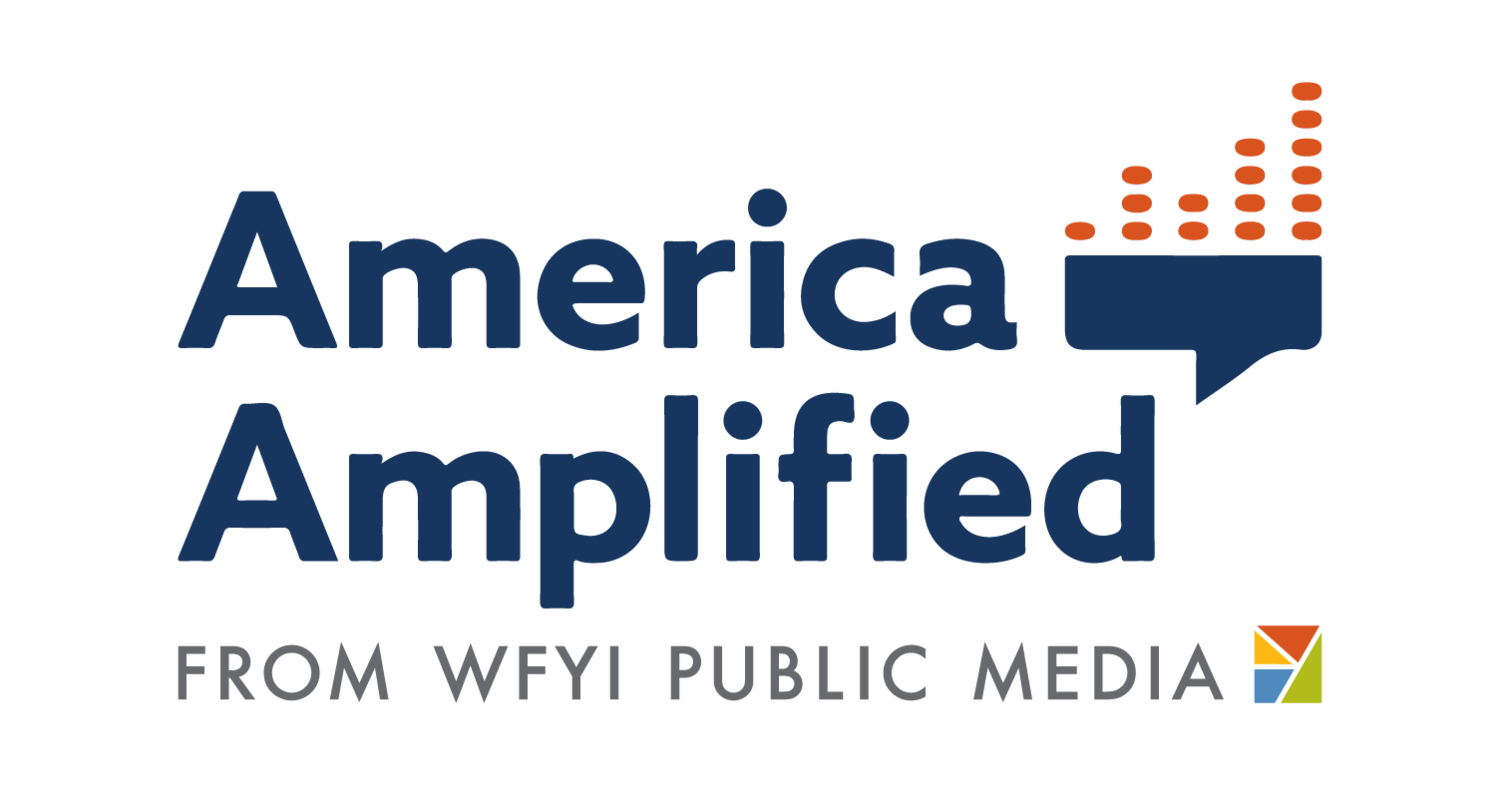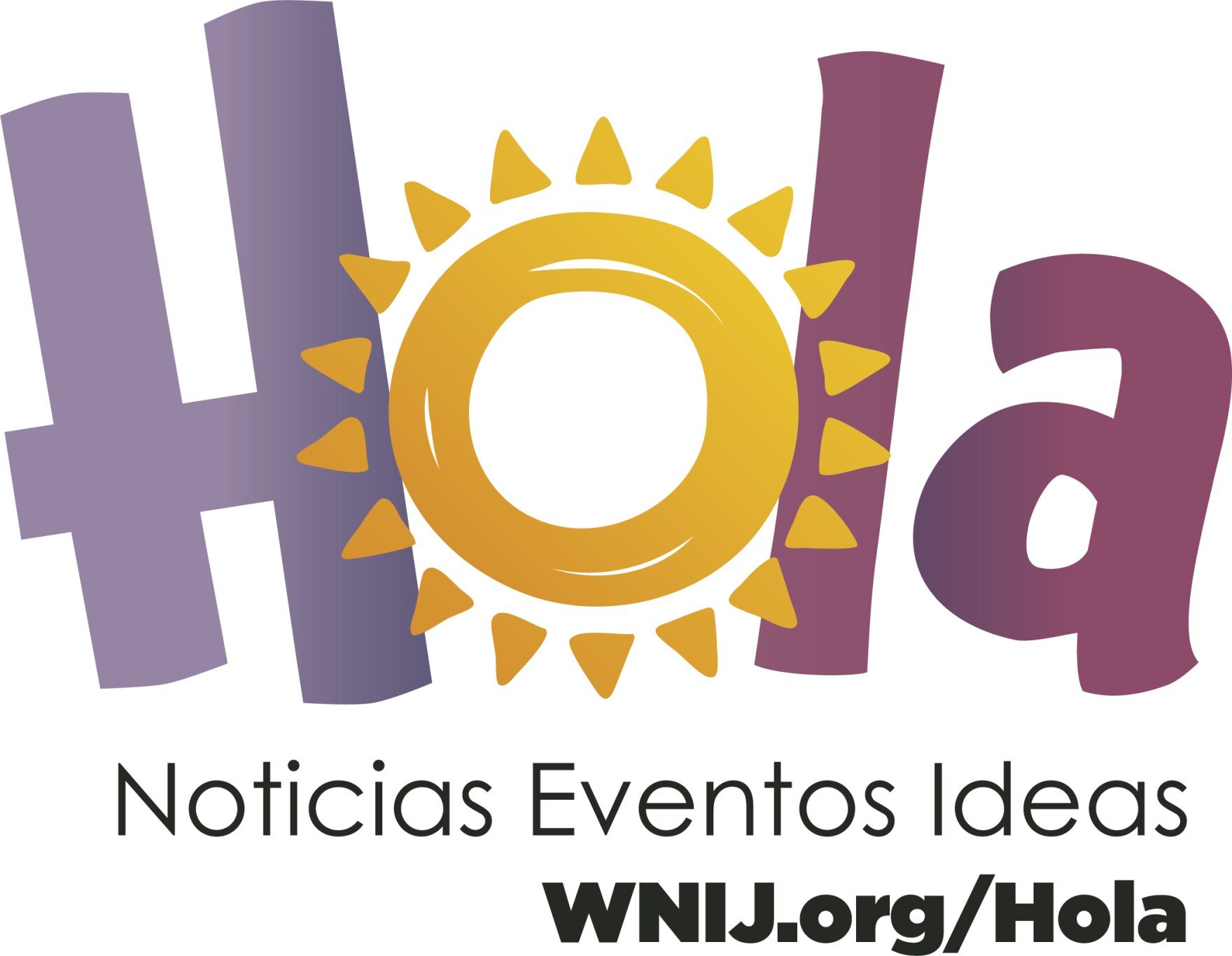How WNIJ is connecting with Spanish-speaking audiences with Hola
The team at WNIJ in northern Illinois has been addressing information needs for its Spanish speaking audience through a new digital community called Hola. Using its grant from America Amplified, WNIJ has been able to hire folks to help translate its content into Spanish. Northern Public Radio’s News Director Jenna Dooley shares these insights into her station’s work.
Tell us who you are, and share a brief summary of the reporting project?
We are Northern Public Radio - WNIJ, located on the campus of Northern Illinois University about an hour west of Chicago. We recently launched wnij.org/hola, a new digital community geared toward Spanish speakers of all levels in northern Illinois.
The “Say Hello to Hola” web post is our digital “one sheet” to outline our mission and engagement opportunities: Hola es su centro para mantenerse informado, compartir ideas y conectarse con recursos en el condado de DeKalb. (Hola is your hub to stay informed, share ideas, and connect with resources in DeKalb County.)
We worked with a local high school student to develop original artwork on our landing page that speak to our pillars of “noticias, eventos, ideas.”
Through our grant with America Amplified, we were able to hire two part-time employees to translate news content and to create creative social media posts to engage our new audience and jumpstart marketing and branding.
That includes a Hearken form for recipe submissions that we are running through a “test kitchen.” We got our first taste from submissions for Arroz Mexicano and Pastel de Galletas Marias.
We will welcome a full-time Report for America reporter in June to cover news topics from a consumer lens. We plan to kick off that role with a series of multimedia FAQs for navigating community resources like the school registration process, navigating healthcare coverage, accessing community food banks, and signing up for a library card. Our RFA reporter Maria Gardner Lara also has interest in investigative reporting and we are looking to her to develop great sources to report on underreported topics.
But it doesn’t end there!
How did community engagement inform your reporting?
After meeting with stakeholders, we heard that having lifestyle elements would be a good way to build trust so we have begun posting a weekly Spotify playlist featuring Latino-a-e-x artists from guest deejays. Our current mix comes from students at nearby Sycamore High School.
We are also starting to see the first recipe submissions for our recipe Instagram.
We hope these elements will begin to make people feel more comfortable to check in weekly for new stories, music, recipes, and Perspectiva essays.
How did you build trust in the community you were reporting on?
The research stage has been critical. In January, our engagement coordinator Claire Buchanan set up a number of meetings with potential local partners to make sure we weren’t making any assumptions about our audience. That included a demographic study looking at the latest census information from the NIU Center for Governmental Studies. We met with the university’s Latino Resource Center, and our translator Jen Leon is actually a local high school Spanish teacher by day! So that really opened up a view into the lives of families we hope to serve and engage with. We are also excited to have our newest reporter Maria Gardner Lara do in-person reporting.
We also think branding and marketing is really important to get the word out. In June, July and August bus signs will be going up around town. We just got a large order of shopping bags and stickers to pass out at community events.
We were fortunate to receive a $4,000 mini grant from the DeKalb County Community Foundation to help in this effort in addition to the support from America Amplified.
How are you bringing this reporting back to the community?
The web portal with audio capabilities powered by the NPR content management system gives us a great support to build content in print and with audio so that we can reach people in the best way that works for them. Adding the social media component will hopefully help us reach younger audiences. Plus, our mobile studio will allow us to physically go to neighborhoods to listen and engage.
What lessons do you take away from this project in terms of strengthening your engagement?
Based on trainings from America Amplified, we are looking into developing a WhatsApp newsletter and we also are re-imagining our social media posts after a great seminar from KQED that encouraged us to think more of presenting information as “photo novellas” instead of just a series of links. That was a game changer in our approach.


